Chatbot assistant with RAG and APIs
As AI continues to advance, chatbots are becoming more sophisticated and capable of handling complex tasks, generating detailed responses, and retrieving accurate, real-time information. To create a truly efficient and dynamic chatbot, integrating 3rd-party APIs, and Retrieval-Augmented Generation (RAG) is essential.
Chatbot Technologies
This combination enables chatbots to not only generate coherent responses but also access real-time data and retrieve relevant information from large document repositories. By blending these technologies, chatbot assistants can deliver accurate, up-to-date, and contextually rich answers that improve user experience across various domains.
LLMs serve as the foundation of modern chatbot architectures. Whether using powerful APIs like ChatGPT or Claude or custom fine-tuned versions of open-source models (like LLAMA or Mistral), these models are capable of understanding complex language structures, answering questions, and even engaging in nuanced conversation. By leveraging the power of LLMs, chatbots can generate responses that are coherent and contextually appropriate.
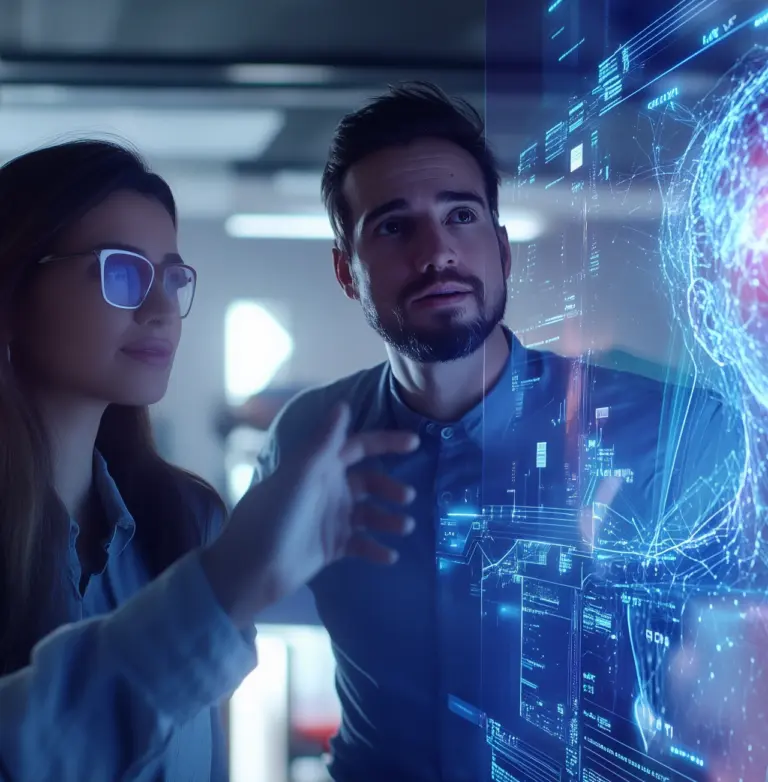
The Importance of APIs and RAG
LLM-based chatbots can be enhanced with 3rd-party APIs and document retrieval systems
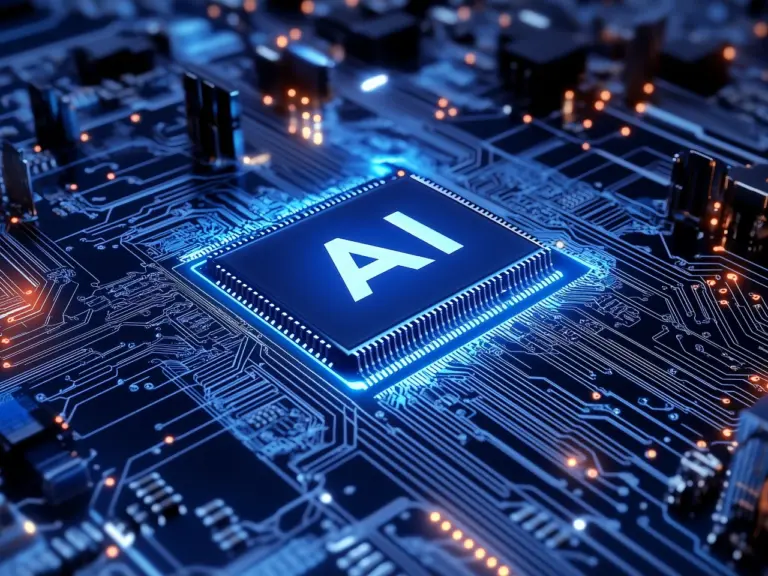
APIs & real-time data
APIs allow the chatbot to pull real-time data from external sources, such as stock prices, news updates, or company databases. These APIs serve as dynamic gateways to up-to-date and personalized information, giving the chatbot access to constantly changing data and services that a pre-trained model alone could not provide.
Whether it’s retrieving product availability from an e-commerce platform or fetching personalized health data from a wearable device API, these integrations enable the chatbot to deliver precise, real-time responses.
Retrieval-Augmented Generation (RAG)
On the other hand, Retrieval-Augmented Generation (RAG) enables the chatbot to access and retrieve relevant information from relevant documents, articles, or datasets.
When a user asks a question that requires domain-specific knowledge or detailed insights, the RAG system searches a document repository for pertinent information. This retrieved content is then integrated into the LLM’s generative process, ensuring that the response is grounded in actual data rather than predictions based on model training alone.
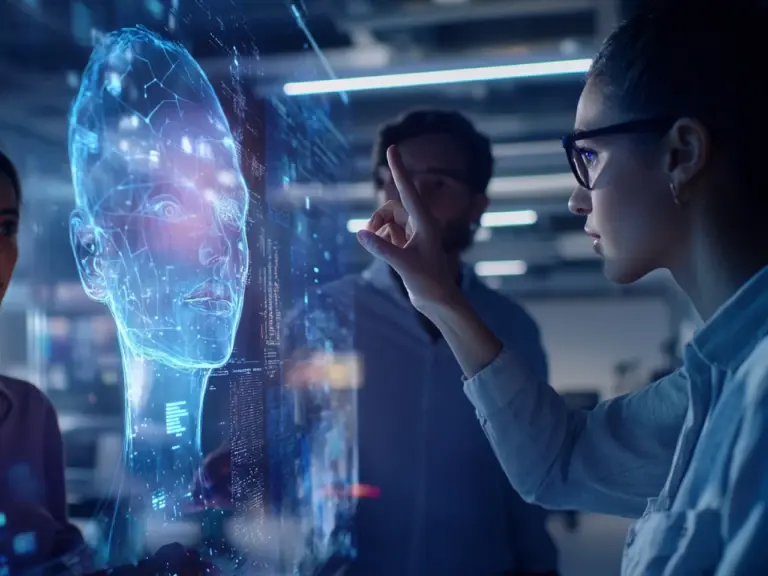

Enhancing LLM Capabilities
In combination with LLMs, ReAct (Reasoning and Acting) plays a critical role in enabling the chatbot to handle complex, multi-step tasks. ReAct is an implementation strategy that allows the chatbot to decide whether it needs to retrieve data via APIs, search documents through RAG, or generate a response based on the LLM’s internal knowledge.
This layered approach ensures that the chatbot is not only capable of understanding and responding to queries but also able to deliver factually correct and timely information by combining LLM-generated language with real-world data sources.
Why RAG Is Essential for Next-Gen AI Development
One of the significant challenges LLMs face is the generation of incorrect information or hallucinations, where models produce plausible but inaccurate responses. RAG addresses this issue by anchoring the generative process in real data
Domain Classifier and Router:
Key Components in Chatbot Architecture
This approach optimizes both speed and accuracy, allowing the chatbot to deliver responses faster while maintaining a high level of relevance and precision.
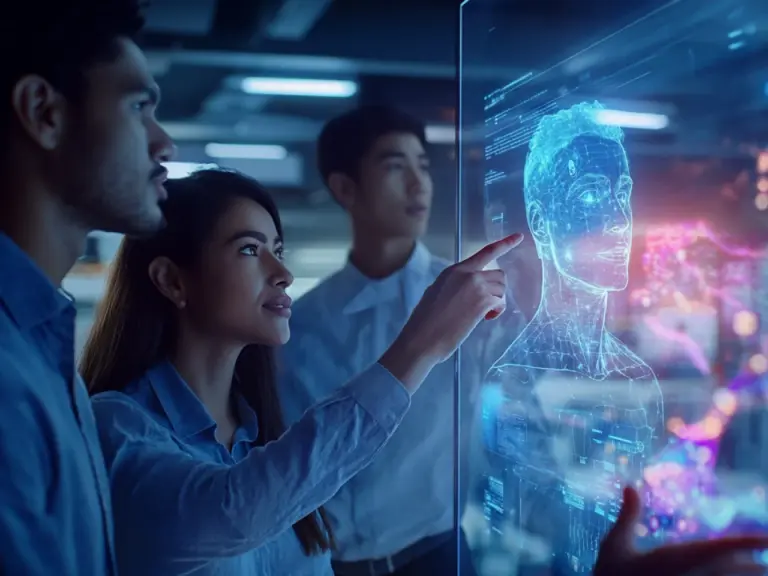
Domain Classifier
In sophisticated chatbot systems that integrate Generative AI, APIs, and RAG, the Domain Classifier plays a crucial role in filtering and handling user queries efficiently. The classifier ensures that only contextually relevant queries proceed through the system, improving both accuracy and performance.
The Domain Classifier is typically positioned at the entry point of the chatbot architecture, where it examines each incoming query to determine its relevance. By leveraging models like Generative Representational Instruction Tuning (GRIT), the classifier can distinguish relevant from irrelevant queries based on the specific domain the chatbot is designed to handle.
Router: Efficient Task Allocation for Improved Performance
Once the Domain Classifier has identified the relevance of a query, the Router takes over to determine the appropriate processing pathway. The router’s main function is to decide whether a query should be handled by the RAG system (for document retrieval and fact-based responses) or by interacting with APIs (for real-time, dynamic data retrieval). This step is critical for managing the flow of queries, as different types of queries require different methods of processing.
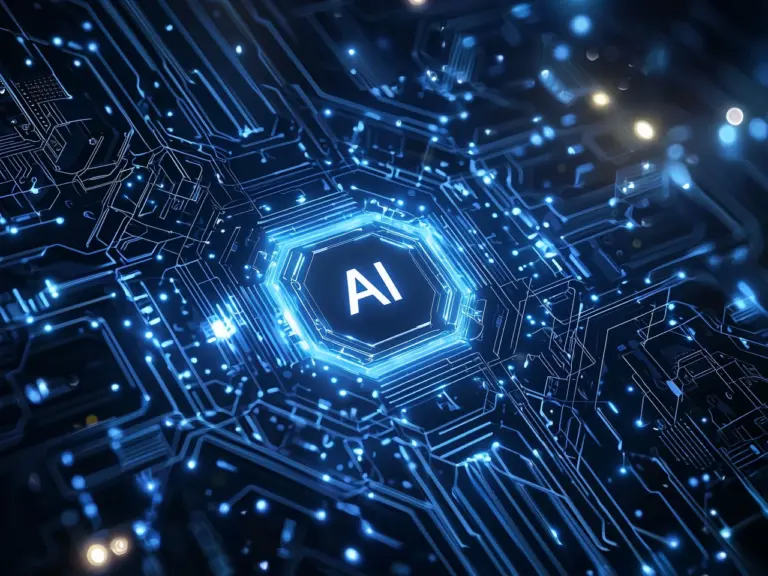
Overview of Architecture
The combination of the Domain Classifier and Router forms a vital component of the broader chatbot architecture. This architecture follows a structured flow:
User Query Input
The system receives the query through the user interface.
Domain Classification
The query is analyzed by the Domain Classifier to determine if it falls within the scope of the chatbot’s intended domain. Irrelevant queries are filtered out.
Routing
The router then decides the appropriate path for the query—either an API interaction for real-time data or document retrieval via the RAG system for fact-based responses.
Processing
- For API calls, the system fetches real-time data and integrates it into the response.
- For RAG, the system retrieves relevant documents from indexed databases, using them to generate factually grounded responses.
Response Generation
The output from either the API or RAG is processed by the underlying LLM, which generates a coherent, contextually relevant response.
Response Delivery
The chatbot delivers the final answer to the user.
This architecture, with the Domain Classifier and Router as essential components, ensures that queries are processed with maximum efficiency and relevance, enhancing the user experience and improving the system’s overall performance.